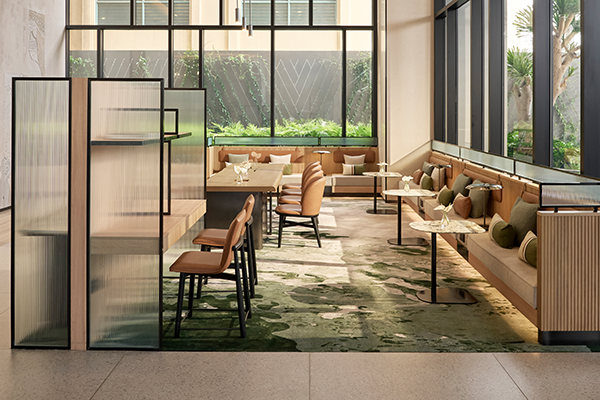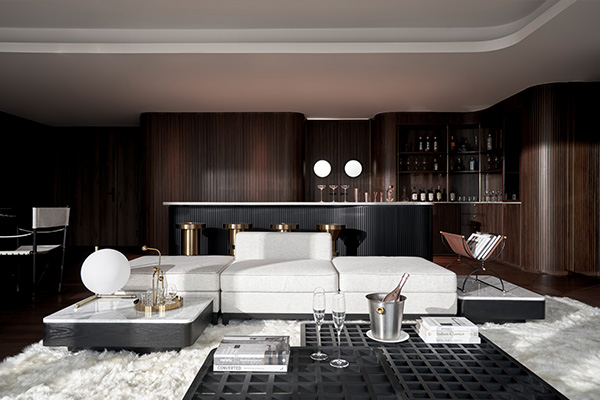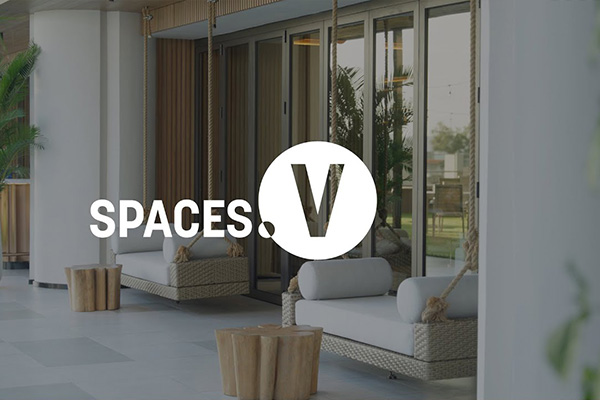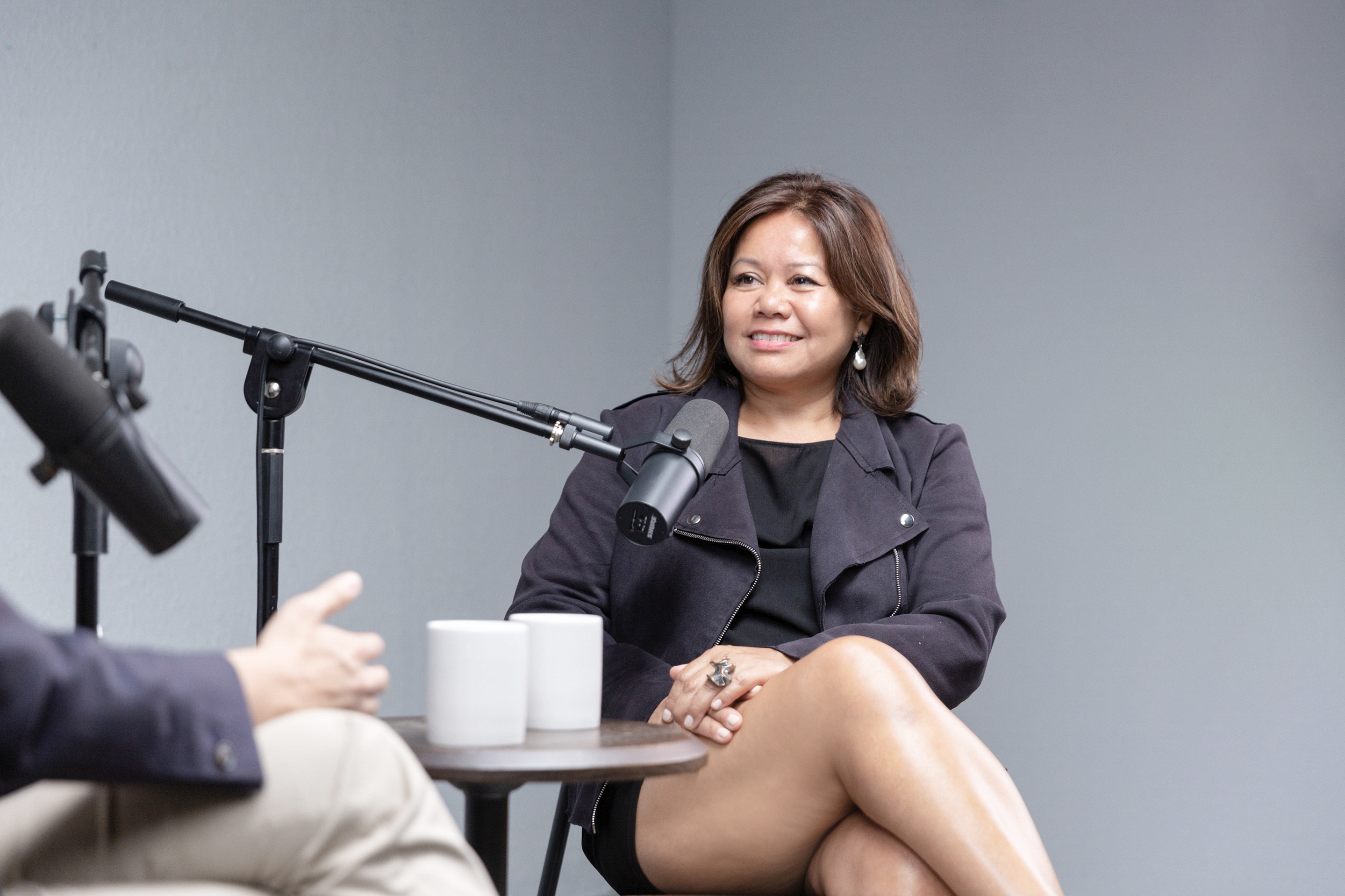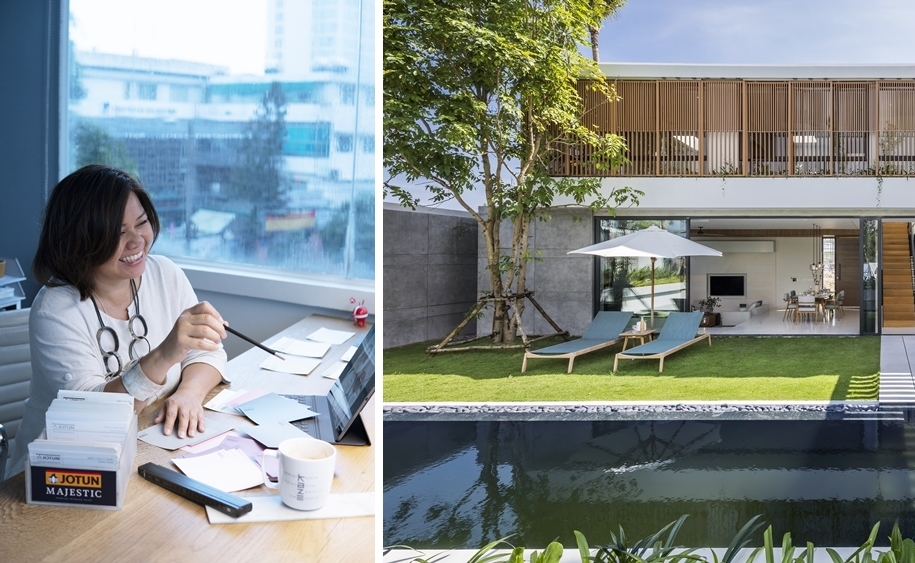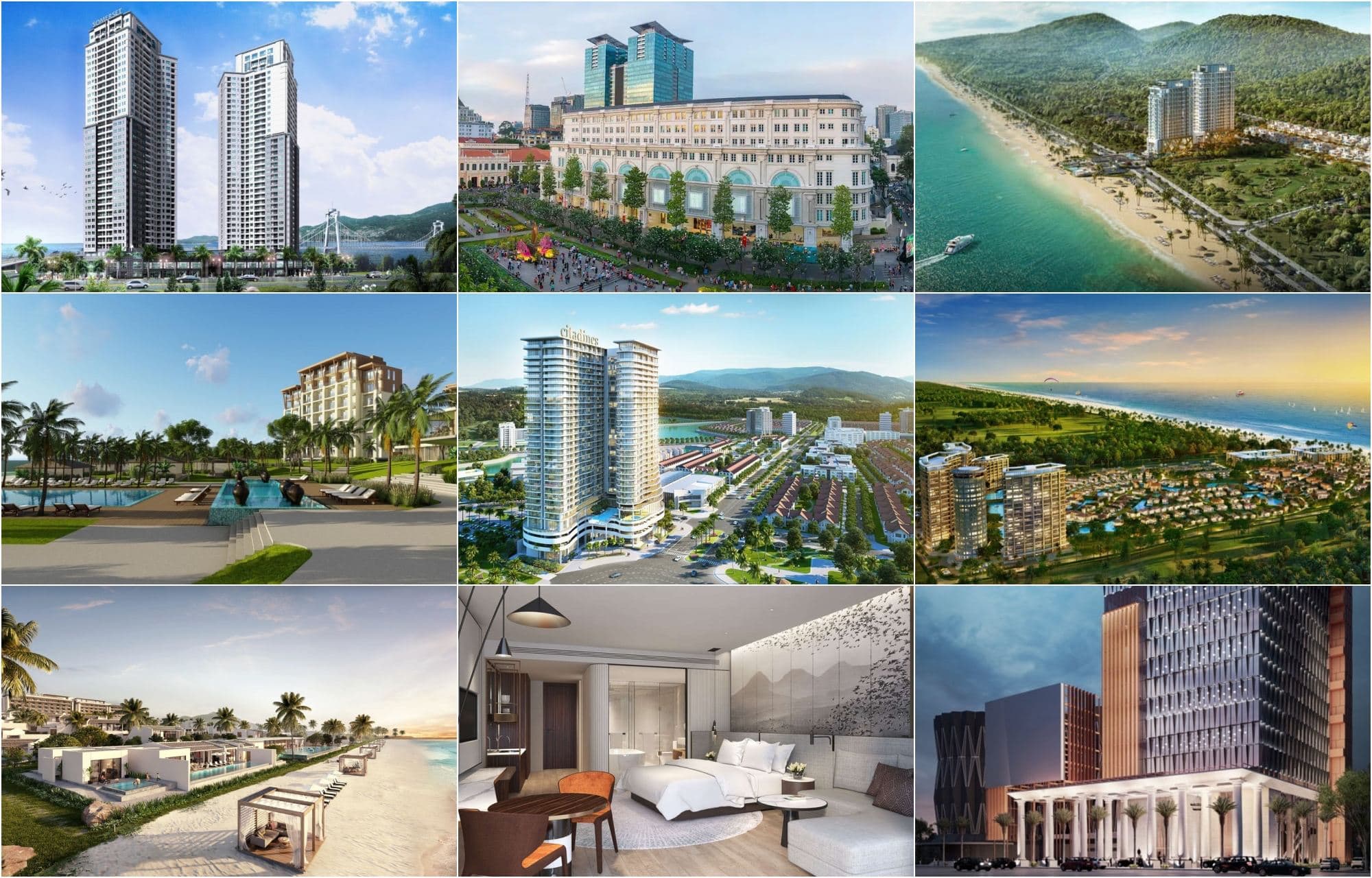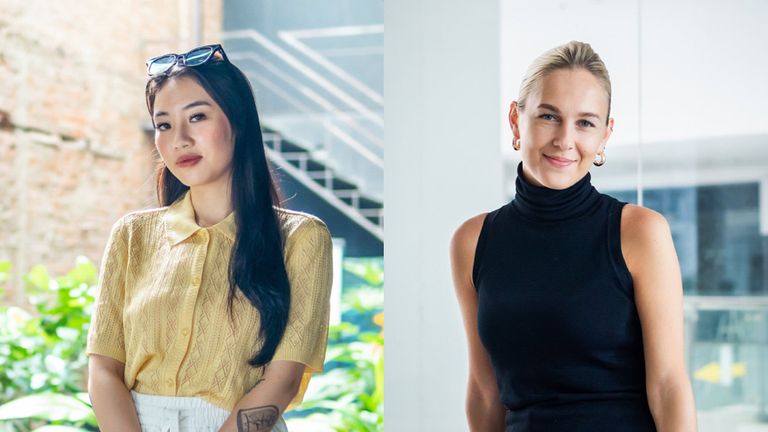DESIGNING A LUXURY HOTEL WITH KAZE INTERIOR DESIGN STUDIO
What do you want to feel when you walk into a top hotel? This is one of the first questions that the team at KAZE Interior Design Studio asks themselves when they start creating interior design and architectural concept for a new project. Is the hotel meant to create a mood of bespoke luxury or minimal tranquility? Who are the expected guests and how will the lighting, furnishings, flooring and color scheme transport them?
A hotel is, after all, part of a journey, a place to get away, whether for business or pleasure. A good interior design studio creates that journey from the first sketch to the moment that the final piece of artwork is placed on the wall.
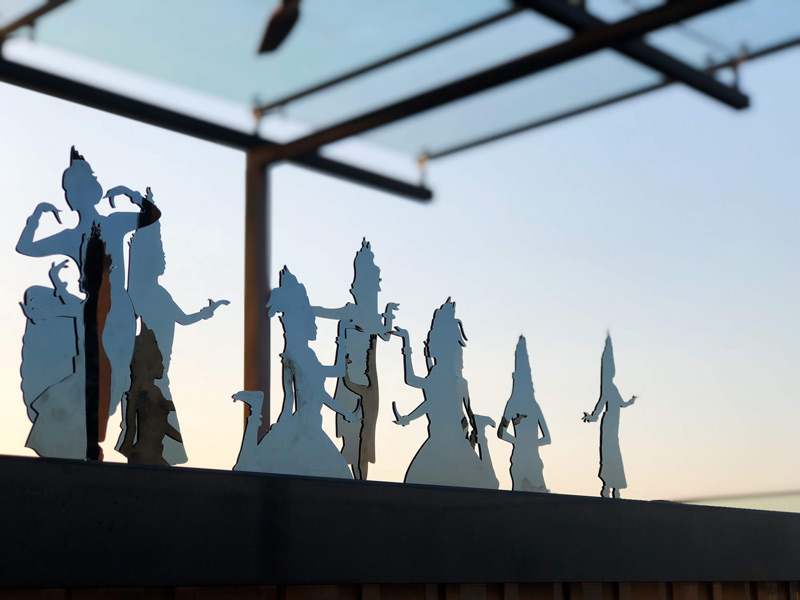
KAZE Interior Design Studio in Ho Chi Minh City is the leader in luxury interior design in Vietnam and Cambodia. In addition to a broad design portfolio including residential, food and beverage establishments, and office spaces, the studio has taken on massive hospitality projects, which have brought numerous awards to the studio. Vinpearl Resort & Spa Long Beach in Nha Trang, Renaissance Riverside Hotel in Saigon and Courtyard by Marriott Phnom Penh are a few notable names on a list of more than 100 projects.
Fong-Chan Paw Zeuthen, Founder of KAZE Interior Design Studio, was brought up and educated in Denmark where, she explained, the design approach is very different to that of Vietnam. For a hotel designed for a Vietnamese market, she said that she would avoid using too minimalistic of an approach because the clientele would feel like something was missing. Instead, she tries to give finished projects a Vietnamese flair that local clientele will also enjoy.
First Steps in the Design Process at KAZE Interior Design Studio in HCMC
The Client Brief
Fong-Chan explains that with her years of experience she has come to quickly understand her clients psychologically and often knows what they want more than they do. She will offer recommendations on how the concept can be improved after receiving the brief. Fong-Chan will then return to the KAZE headquarters where the whole team will sit around the large table in the meeting room and discuss how to implement the project, always focusing on a “function first” approach. This approach means that aesthetics are only considered once space’s use is decided upon.
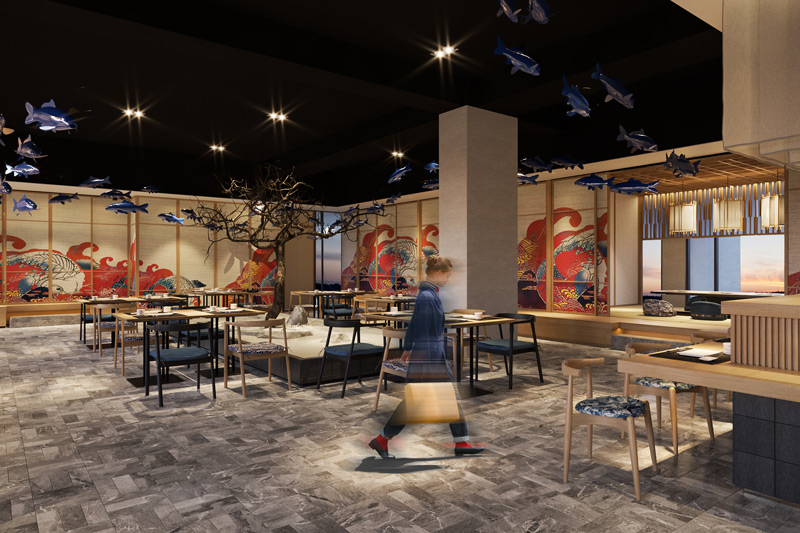
The Planning Process
This is when the ideas go from the brainstorming phase to reality. The office becomes a hive of energy as project designers sketch plans and junior designers figure out how to create the right ambiance. Fong-Chan explains that her team is passionate about what they do and that’s why KAZE is a success. “Being a good designer comes from inside, you put your heart and soul into things you care about”, she reiterates.
Fong-Chan states there are four parts to every project, the statement of purpose, layout, ambiance, and storyboard. When executed correctly, interior design can make people feel a certain way. For example, the purpose of a reception area in a hotel is to welcome guests and so the way furniture is positioned, the brightness of lights and even the scent (which are often created specifically for the brand) create an ambiance of warmth, comfort and relaxation.
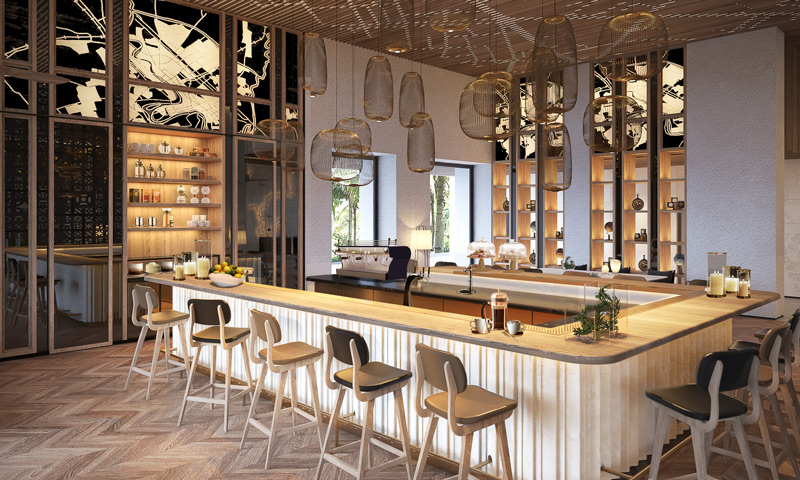
3D renderings are essential for each project. They need to be self-explanatory and easy to understand. However, they can be difficult to get right due to the level of precision needed. It can be hard even for good designers to see things in 3D. A designer needs to be able to describe what the space will look like down to the tiniest detail, like where a coat hook will go. This helps to create a full picture of how everything will be pieced together. The 3D renderings are literally the map that will be used to build the project; therefore, nothing should go into the rendering that cannot be created in reality.
How to Create Comfort and Beauty; The Vietnam Hotel Design Challenge
Every designer has a different way to approach a design. Fong-Chan tries to use a modern holistic approach when she designs any space. This is especially important when it comes to a project like a hotel where the success of the project is tied directly to how guests feel when they are within the space. Her design projects focus on what makes people feel good, using psychological experiences rather than just aesthetics.
Designers need to work out the proportions of the room as well as what will be in it so that when it is built an individual can walk around a room without bumping into anything. The team also research how people will interact with the space, ensuring it is ergonomically friendly in every detail. For example, if a guest wants to flick on the lights, where should the light switch be? If it is at the right height and in an intuitive location then the designer can choose a subtle design so that the switch doesn’t ruin the aesthetic of the wall design. If the switch is too hidden and in the wrong place, guests won’t care about the beauty of the design, they will be too caught up in their feelings of frustration. Some designers get so caught up in their vision that they create functionality problems that will end up marring the hotel’s TripAdvisor page with bad reviews based around comfort, soundproofing, and the user experience.

KAZE interior design studio puts a lot of love and care into the materials they use. The way Fong-Chan describes her process is akin to that of a chef creating their favorite dish. She becomes excited when speaking about why wood is used in one instance, but plastic is used in another and the different finishes that are available for each material. It is important for Fong-Chan to use local materials because construction workers know how to work with them and look after them properly. This also helps the project’s sustainability as expensive materials don’t need to be imported.
Completing a Hotel Interior Design Project in Vietnam
Fong-Chan explains that KAZE only works with people they know and trust. From construction workers to cleaners “when people have a good relationship with each other they will go the extra mile.” This is important because the biggest hurdle to completing an interior design project is to meet final deadlines.

During the construction process, KAZE interior design studio office often goes into a frenzy of activity, with project plans and Gantt (production timeline) charts being thrown into the bin and new ones being created. Sometimes, Fong-Chan admits, the end of a project can feel like an unattainable dream. However, when the hotel or resort is finally finished and Fong-Chan walks through the completed space with the client, she always feels a sense of pride at what the team at KAZE Interior Design Studio has achieved.
Article credit: City Pass Guide

